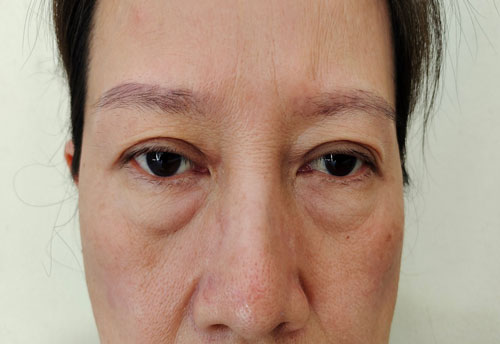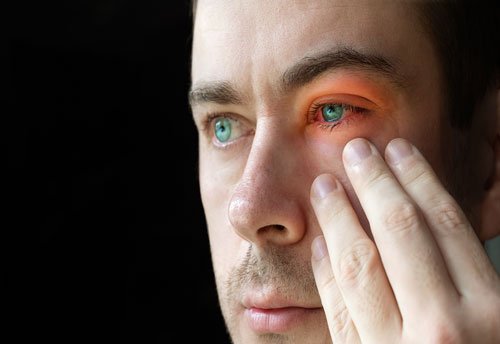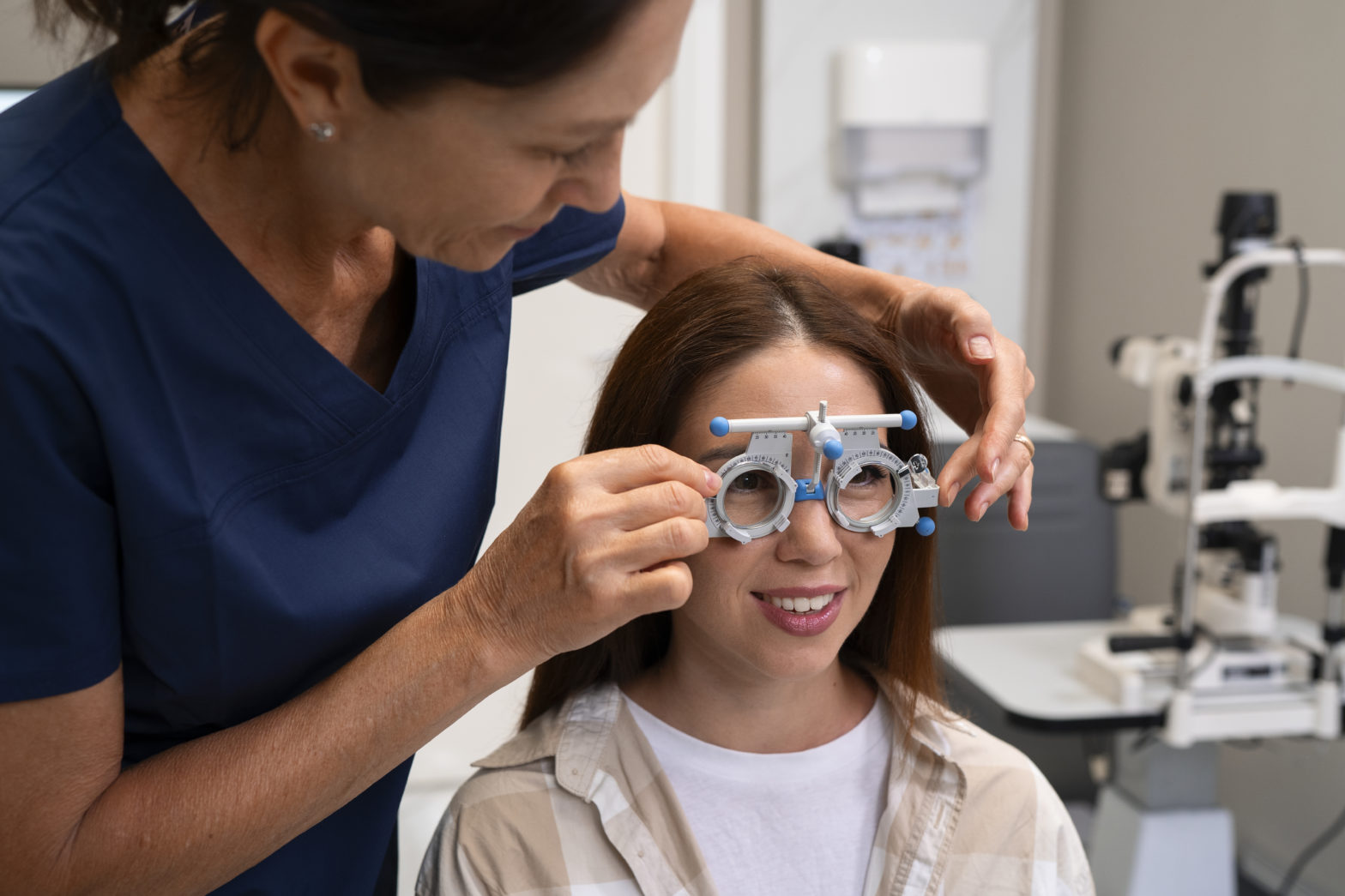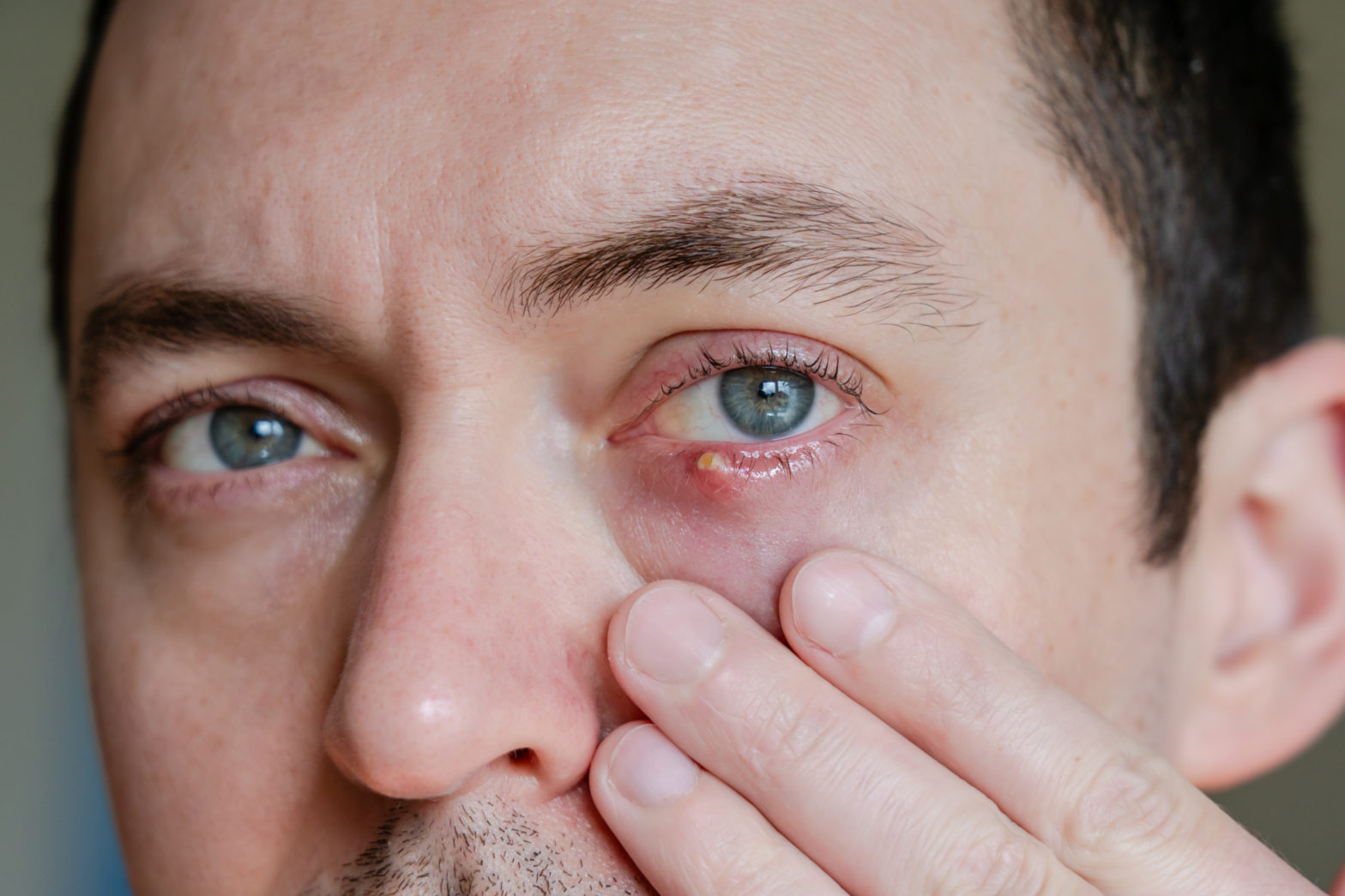Thyroid problems can surprisingly affect your eyes – the way they look and also your vision. Learn about the effects of thyroid dysfunction on the eyes so you can protect your eyes.
What is thyroid eye disease?
In certain diseases, the thyroid gland secretes abnormally high amount of thyroid hormones resulting in symptoms such as high blood pressure, palpitations, irritability, fatigue, increased pulse rate, weight loss. This disease process may be auto-immune. This means that the immune system, which normally helps to defend your body against disease, suddenly decides that the body’s healthy cells are foreign. Effectively, the immune system attacks healthy body cells.
During this, the immune system also attacks the soft tissue, the muscles and the connective tissue around the eye leading to inflammation, swelling, engorgement and eventually fibrosis. This is known as thyroid eye disease (TED), thyroid associated orbitopathy (TAO) and graves orbitopathy.
What happens in thyroid eye disease?
As mentioned earlier, Thyroid Eye Disease is an auto-immune disease. The auto-immune process also affects the tissues around the eye. There is inflammation and engorgement of the soft tissue and eye muscles.
- The upper and lower eyelids appear red and puffy. (eye lid bags)
- The upper and lower lid muscles contract and appear as if the person has a constant staring look. (lid retraction)
- Due to swelling of the orbital fat and the eye muscles, the eye often gets pushed forward leading to eye that appear larger in size and bulging. (proptosis / exophthalmos)
- All the above can combine to cause severe dry eye.
- Because of the enlarged and inflamed muscles, there may be pain and double vision. (Diplopia)
- Restoration of the normal thyroid function
- Cessation of smoking
- Medical and Surgical treatment
During the inflammatory phase of Thyroid Eye Disease, your eye doctor may prescribe corticosteroids to you. These are medicines that suppress the immune system in order to reduce the amount of inflammation. This may be given orally or intravenously (IV). This is usually given when the swelling around the eye is vision threatening.
Once the inflammatory phase is over, there may be residual bulging of the eyes or retraction of the eyelids. This may require surgical treatment of the lids or the orbit (the bony socket) or both.
The orbit surgeries, which involve pushing the eyes, back into the socket, also known as orbital decompression surgery are performed under general anaesthesia and have a healing period of about 3-4 weeks after which the final outcome can be assessed.










